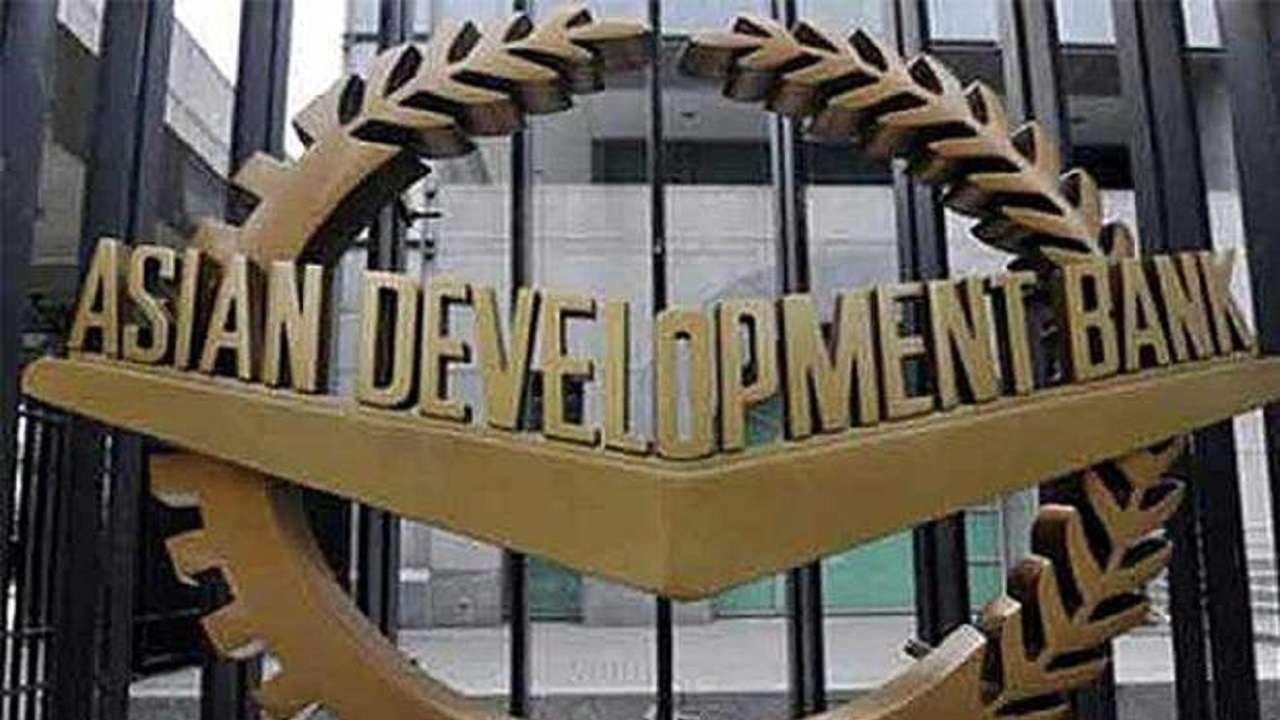NEW DELHI, July 27 (PTI): India is likely to grow 6-6.3 per cent in the current fiscal year ending March 31, 2024, Deloitte India said in its economic outlook, forecasting growth surpassing 7 per cent over the next two years if global uncertainties recede.
With the probability associated with a recession in major industrial countries this year trimming, several economic indicators such as the tight labour markets and reduced risk spreads post the US banking crisis suggest that downside risks to global growth are subsiding.
Yet, there remain significant uncertainties around the actions of the central banks of major economies and the oil price movements, the economic outlook said.
“Amid continuing global uncertainties, India continues to see strong economic activity,” it said. “Keeping in view the resilience shown by the economy, Deloitte is optimistic about the outlook and has put out its expectation for this year and the next. Deloitte expects India to grow between 6 per cent and 6.3 per cent in FY 2023–24, and have a stronger outlook thereafter.”
If global uncertainties recede, growth is expected to surpass 7 per cent over the next two years, it said.
“India enjoys a Goldilocks moment currently. Our growth forecasts for FY 2023-24 remain similar to our April forecast, except that higher-than-expected growth in FY2022-23 has raised our base for comparison. That said, we have raised our lower limit of the range given the buoyancy in the economy,” said Rumki Majumdar, Economist, Deloitte India.
Urban demand conditions have remained resilient as evidenced by the sales of mid-to-high-end segments of automobiles, the number of UPI transactions, and domestic air passenger traffic data. Rural demand, which was lagging, has also been rising lately as seen in the sales of tractors, IIP non-durable goods, and MGNREGA data.
Investment is also showing traction. The credit-deposit ratio has continued to improve strongly from the lows of the pandemic despite the rising interest rates. “Most of the lending is happening in the industry and services sector. This points to improving investment, which means that the supply side is gearing up to meet the rising demand,” Majumdar added.
Inflation in the first quarter was 4.5 per cent, the lowest since the quarter of September 2019. GST collections remain strong, suggesting that revenue buoyancy will aid in improving the budgeted fiscal deficit ratio to GDP.
Among the global risks, Deloitte’s economic outlook highlights the significance and future implications of the monetary policies pursued in the West.
Referring as the salsa of the Central Banks, the changes in the policy rates between the three major central banks – the US Federal Reserve (Fed), the European Central Bank (ECB), and the Bank of England (BoE) – have been by 1390 basis points within a span of 18 months.
“Yet, these countries have not been able to tame inflation. The 12-month average inflation after the first policy rate hike is significantly higher than the 12-month average inflation prior to the hike in these countries. Comparatively, India has had better success in taming inflation with relatively lesser policy tightening,” it said.
Rather, aggressive monetary policy tightening has tightened liquidity conditions too quickly in countries that had ultra-loose monetary policies for over a decade. Since these countries also host a large share of global investors, such an aggressive measure has unnerved the sentiments, leading to capital outflows from emerging countries.
Deloitte does not expect these countries to ease policy rates soon as well. “The headline inflation levels remain above the central bank’s target level of 2 per cent. Clearly, Atras (step backwards) seems unlikely for these Central banks. But Adelante (step forward) may also be challenging,” said Majumdar.
The pressure on US banks, moderating housing demand, and the recent resolution of the debt-ceiling crisis will discourage the US Federal Reserve from raising policy rates for very long.
Among domestic risks, inflation is topmost. The risk of El-Nino and a below-normal monsoon can bring back the pressure on food prices. “We expect the fall in consumer prices to be short-lived as demand picks up along with food prices and the uncertainties around prices remain high. A quicker rebound in the supply side will be of utmost importance for keeping prices under check in the long run,” Majumdar added.












